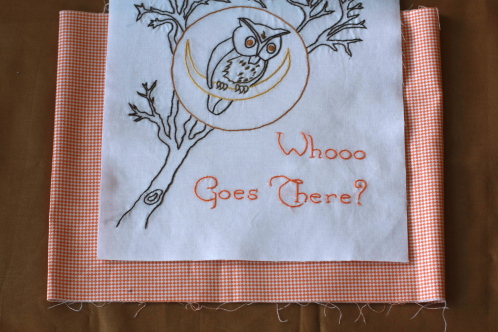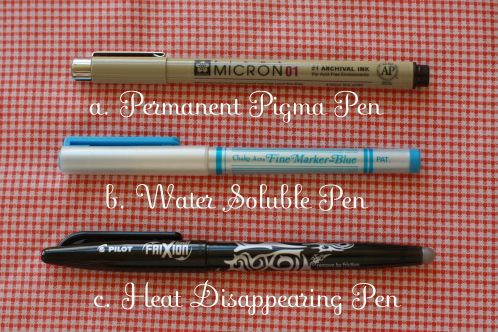Autumn Weekend

The maple tree in front of the doorstep burned like a gigantic red torch. The oaks along the roadway glowed yellow and bronze. The fields stretched like a carpet of jewels, emerald and topaz and garnet. Everywhere she walked the…

The maple tree in front of the doorstep burned like a gigantic red torch. The oaks along the roadway glowed yellow and bronze. The fields stretched like a carpet of jewels, emerald and topaz and garnet. Everywhere she walked the…

There are lots of solutions for tracing an embroidery pattern to fabric. There are printable transfer papers and iron-on patterns. Or there is the low tech method of simply tracing your pattern by hand to fabric. I’m so low tech,…